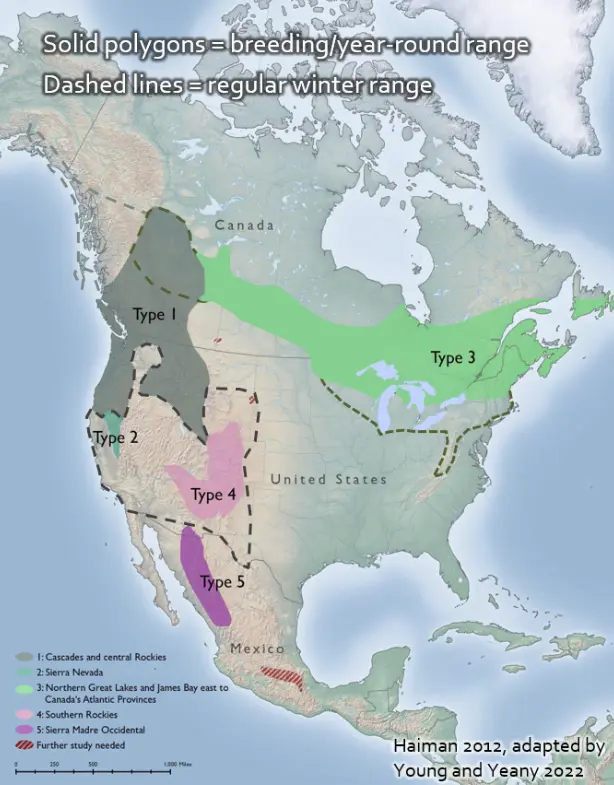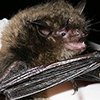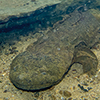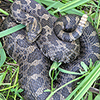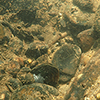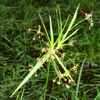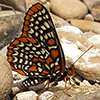Conservation Science
Protecting Pennsylvania's Plants and Animals
Species at Risk:
Evening Grosbeak
Over the past five decades, three billion birds across North America have been lost, with the steepest decline, 92 percent, in the evening grosbeak (Coccothraustes vespertinus) population. The grosbeak’s decline is not well understood, but is likely a combination of several causes from collisions to changes in food availability. In collaboration with conservation partners and other scientists, the Western Pennsylvania Conservancy began studying evening grosbeaks in Western Pennsylvania in 2017. Now, our work is part of an international conservation effort for the species dedicated to learning more about its natural history, ecology and migration movements.
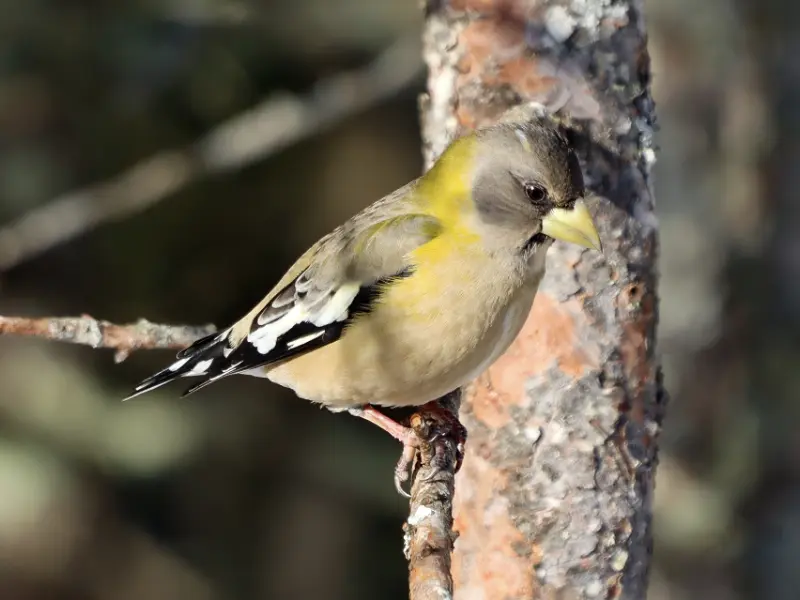
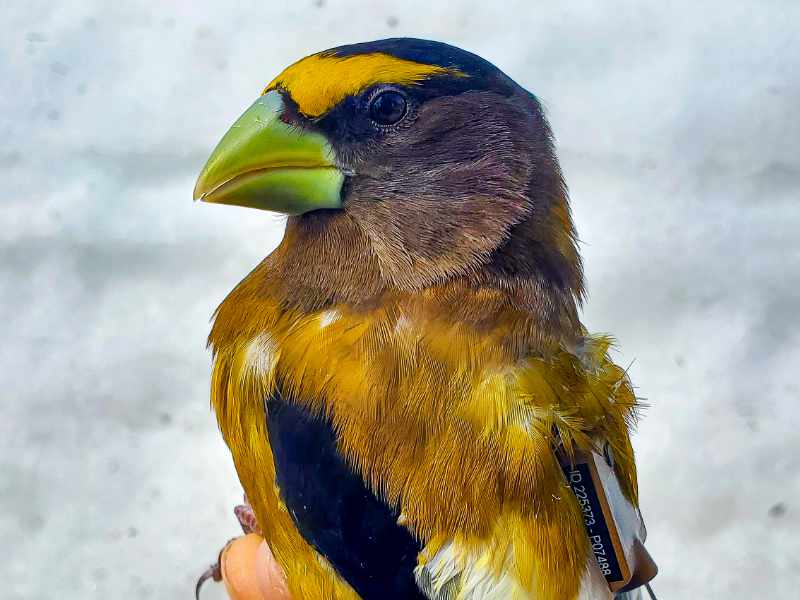
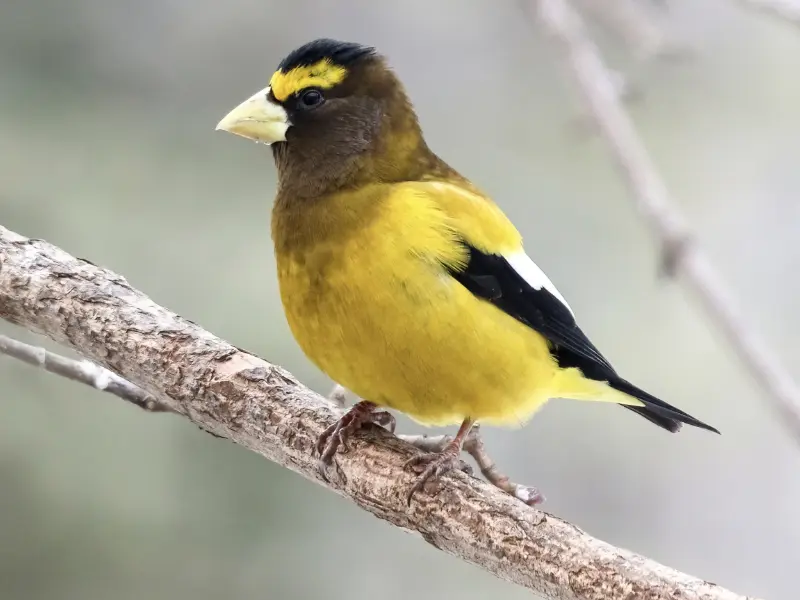
Irruptive Migration
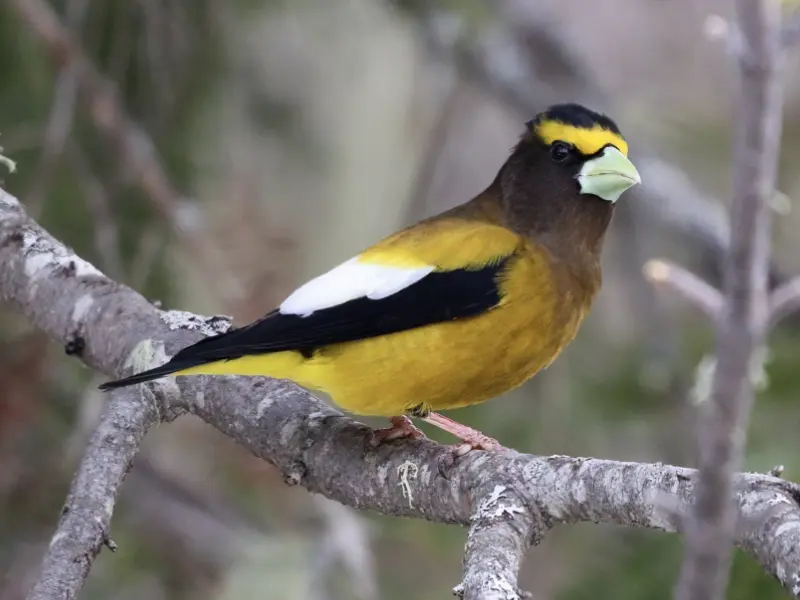
Pennsylvania’s forests and wetlands support a diversity of boreal (northern) birds near the southern edge of their ranges. Pennsylvania also hosts winter populations of some northern boreal songbirds, specifically boreal finches, including the evening grosbeak. These species have strong ties to their winter food, mostly tree seeds and berries, including both conifers (pines, spruces, larches and hemlocks) and deciduous trees like ashes, maples and birches.
In search of food, they respond with a specialized type of movement in fall and winter known as irruptive migration or winter finch irruptions. During winter finch irruptions, colorful finches like crossbills, redpolls, pine siskins and evening grosbeaks invade regions south of their northern breeding ranges in Canada and the northern United States in search of winter food. Northern Pennsylvania is the natural southern edge for winter finch populations, including for the evening grosbeak.
Natural History and Distribution
Evening grosbeaks breed in North American boreal and montane forests across southern Canada, and in the northern Midwest, Northeast and Western United States. There are five flight call type populations which represent five subspecies with specific ranges across the continent. Evening grosbeaks were first seen during winter irruptions in the Eastern United States in the 1890s. Breeding was confirmed in the Northeast by the 1920s. Ornithologists hypothesize that grosbeaks may have expanded eastward due to box elder plantings, a favorite winter food, or in response to spruce budworm (Choristoneura spp.) outbreaks. Either way, the species had regular winter irruptions in the northeastern United States through the 1990s.
Evening grosbeaks are notoriously secretive when nesting, and although their irruptive movements are visible on the landscape, very little is known about linkages between breeding and wintering populations. Significant evening grosbeak decline is also evident in the species’ winter populations in Pennsylvania. They occurred regularly from October through May, especially in northern counties, until about 1990. There is only one confirmed breeding occurrence in Pa, in Wyoming County, in 1994.
Threats
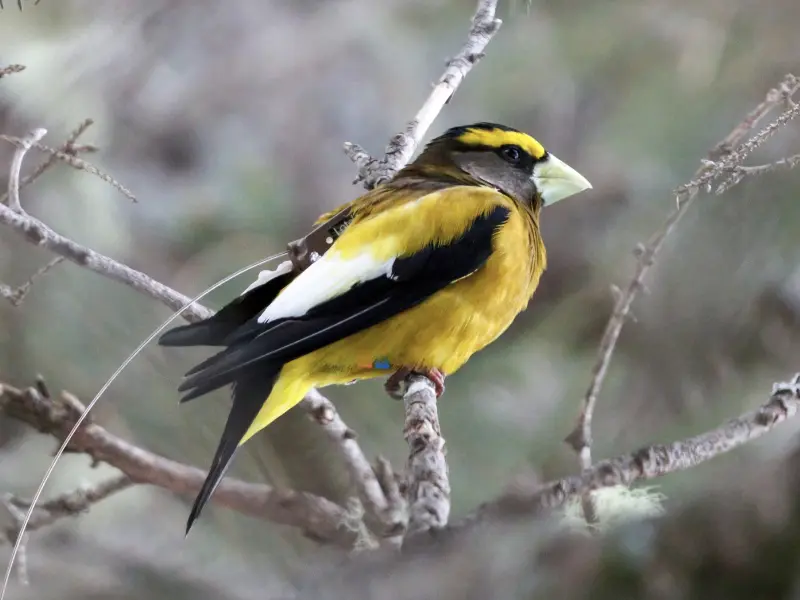 In 2016, evening grosbeak population trend assessments revealed a continent-wide decline of 92% since 1970. The species’ large population loss and rapid decline have landed evening grosbeak on several lists for at-risk species: Partners in Flight: Yellow Watch List (2016), Special Concern Species in Canada (2016), IUCN Red List of Threatened Species – Vulnerable (2018), Road to Recovery On-Alert and Tipping Point Species (2020, 2022) and USFWS Birds of Conservation Concern – Continental USA (2021).
In 2016, evening grosbeak population trend assessments revealed a continent-wide decline of 92% since 1970. The species’ large population loss and rapid decline have landed evening grosbeak on several lists for at-risk species: Partners in Flight: Yellow Watch List (2016), Special Concern Species in Canada (2016), IUCN Red List of Threatened Species – Vulnerable (2018), Road to Recovery On-Alert and Tipping Point Species (2020, 2022) and USFWS Birds of Conservation Concern – Continental USA (2021).
Through all of these listings, a number of factors have been cited as potential causes for the decline, including spruce budworm population cycle changes (moth caterpillars that serve as a key food source during nesting), mature and old-growth forest loss, window and vehicle collision mortality, disease mortality and climate change impacts to conifer forests.
Still, there is much we do not know about the significance of these threats across the species’ full annual cycle (breeding, migration and wintering) and continental range. Studies are currently underway to better understand declines in evening grosbeak populations.
Conservation
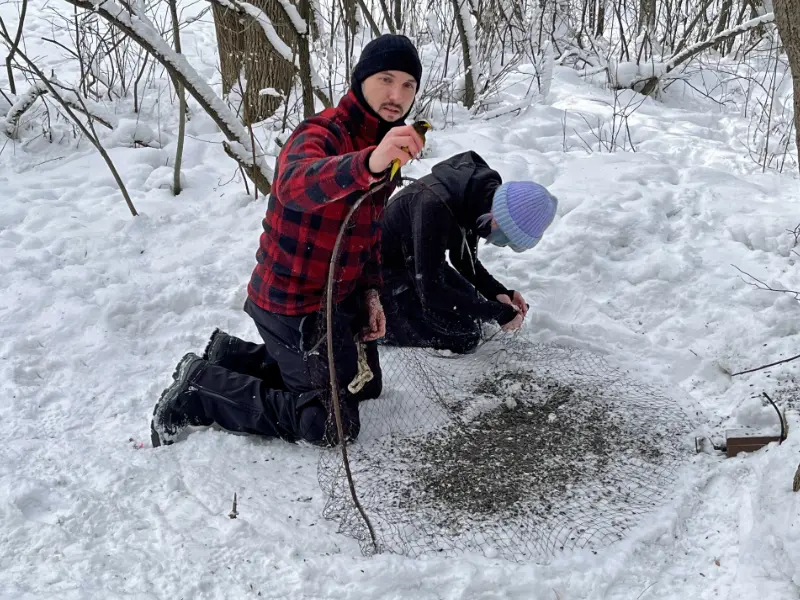
In the Fall of 2021, our evening grosbeak conservation project expanded thanks to funding from the Knobloch Family Foundation to join the Road to Recovery Initiative as one of their pilot projects for On-Alert and Tipping Point Species in need of strong and immediate action to pinpoint causes of declines and to support efforts to recovering their populations.
As part of Road to Recovery, our work includes creating an international evening grosbeak working group to co-produce research, engage in outreach and develop conservation strategies. Also, we will be collecting full annual cycle information on evening grosbeaks from winter populations across their continental range using cutting edge satellite tracking technology.
While the formation of the working group is ongoing, it will be co-led by the Conservancy’s Pennsylvania Natural Heritage Program (PNHP) staff and our partner, the Finch Research Network (FiRN), as they seek members from across the species’ range. The working group is compiling information on the current state of knowledge about the evening grosbeak decline and prioritizing threats for immediate focus.
We are now conducting new tagging efforts outside of Pennsylvania, as well as continuing here, to track populations within the major regions of the evening grosbeak’s winter range. During the winter of 2022 and 2023, we are traveling with Powdermill Avian Research Center (PARC) and FiRN to field sites in Maine, Minnesota, New York and Pennsylvania to begin this new evening grosbeak tagging and tracking effort and to facilitate connections with local stakeholders. Future efforts will target grosbeak populations in the Intermountain West and Pacific Northwest.
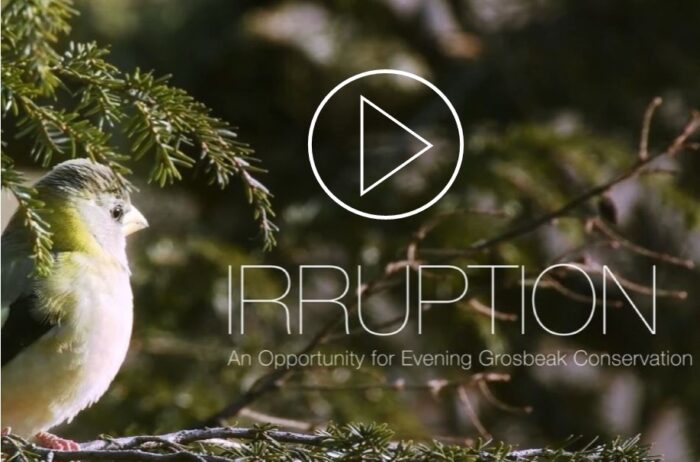 Special thanks to one of our media partners, Wild Excellence Films, for producing a brief six-minute film, Irruption: An opportunity for Evening Grosbeak Conservation, which highlights some of the work the Conservancy and its partners are doing to help track evening grosbeak movements and explain the conservation needs for this declining species.
Special thanks to one of our media partners, Wild Excellence Films, for producing a brief six-minute film, Irruption: An opportunity for Evening Grosbeak Conservation, which highlights some of the work the Conservancy and its partners are doing to help track evening grosbeak movements and explain the conservation needs for this declining species.
Research
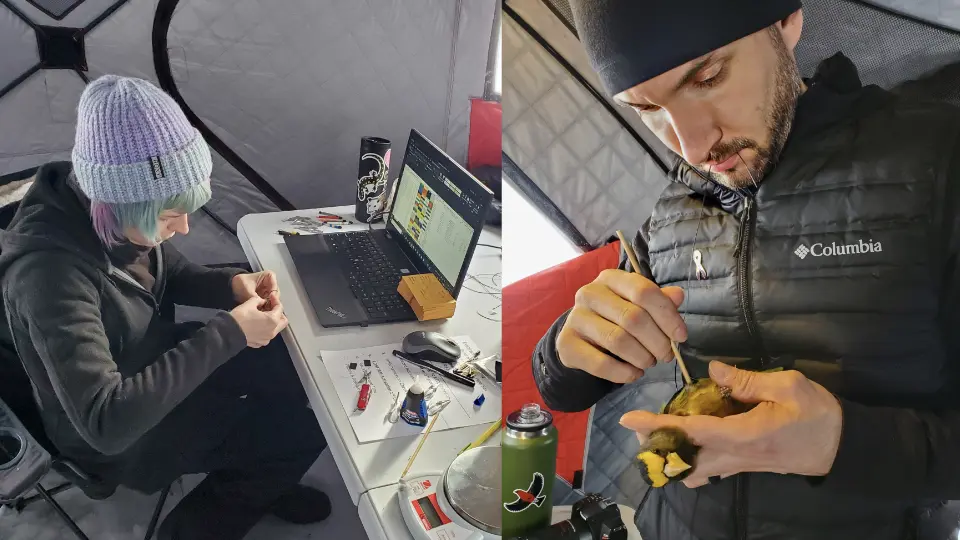 The Conservancy’s Pennsylvania Natural Heritage Program (PNHP) is working with several partners to learn more about Pennsylvania’s evening grosbeak winter populations and their movements throughout the Northeastern United States. During the 1970s, Powdermill Avian Research Center (PARC) banded more than 4,000 wintering evening grosbeaks from Western Pennsylvania, but by the 1980s the number was cut in half, and during the 2000s only nine grosbeaks were banded—nearly a 100% decline. Despite the decline in Pennsylvania’s winter evening grosbeak populations, a consistent recurring population remains in Forest County within the Allegheny National Forest (ANF).
The Conservancy’s Pennsylvania Natural Heritage Program (PNHP) is working with several partners to learn more about Pennsylvania’s evening grosbeak winter populations and their movements throughout the Northeastern United States. During the 1970s, Powdermill Avian Research Center (PARC) banded more than 4,000 wintering evening grosbeaks from Western Pennsylvania, but by the 1980s the number was cut in half, and during the 2000s only nine grosbeaks were banded—nearly a 100% decline. Despite the decline in Pennsylvania’s winter evening grosbeak populations, a consistent recurring population remains in Forest County within the Allegheny National Forest (ANF).
In 2017, PNHP initiated a collaborative project with PARC to begin studying these wintering evening grosbeaks in Western Pennsylvania. The team used a combination of unique marking methods and new telemetry technology, using the Motus Network, to track evening grosbeak winter movements within the region and beyond.
In 2020, we were one of the first studies to use Lotek solar-powered radio nanotags, and in that same year, the Finch Research Network (FiRN) joined our collaboration. Our research aims to determine migratory connectivity across grosbeak populations, describe landscape and habitat use, and learn more about the species irruptive movements to better inform conservation strategies.
Donate to Support Our Research
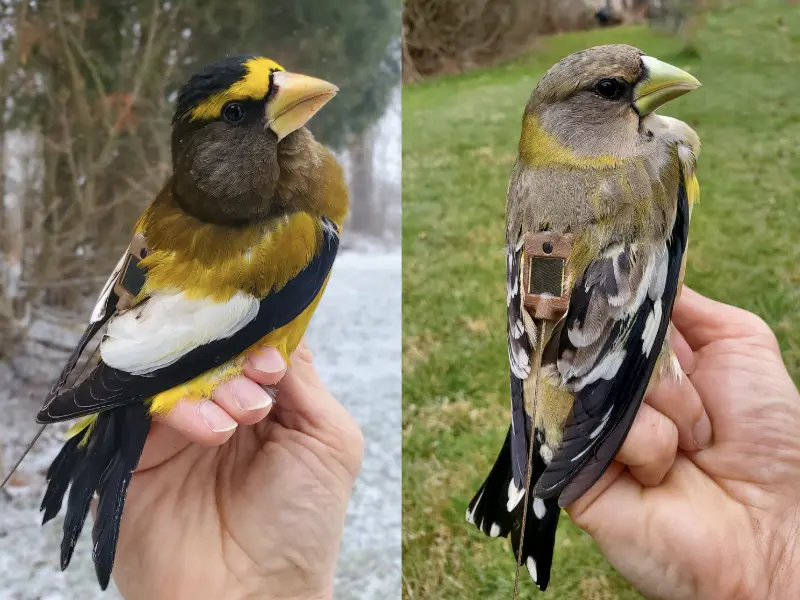 Our scientists are tracking evening grosbeaks throughout their range using satellite and radio transmitters. At just a few grams, these transmitters are cutting edge technology that sit on a bird’s back like a backpack. The transmitters provide pivotal data on grosbeak movements, which will help us link wintering populations to breeding areas.
Our scientists are tracking evening grosbeaks throughout their range using satellite and radio transmitters. At just a few grams, these transmitters are cutting edge technology that sit on a bird’s back like a backpack. The transmitters provide pivotal data on grosbeak movements, which will help us link wintering populations to breeding areas.
Each evening grosbeak we tag and release will tell us about their migration routes and habitat use across the landscape, shedding light on what factors may be driving their population decline. Ultimately, this work will help us learn more to help conserve this enduring species.
Please give a gift today to help support our evening grosbeak research.
For information about our work to save the evening grosbeak, please contact:
David Yeany II, Avian Ecologist
dyeany@paconserve.org
Western Pennsylvania Conservancy, 800 Waterfront Drive, Pittsburgh, PA 15222

